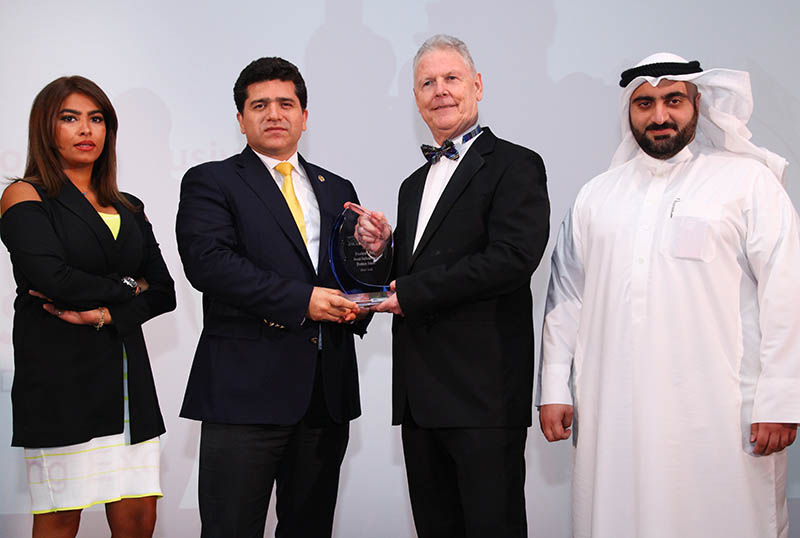 Uniqtel, a subsidiary of Spanco Golden Key Solutions and Huawei Technologies have signed a memorandum of understanding (MoU) during the recently concluded QITCOM 2011.Under the MoU, Uniqtel will work with Huawei to provide a range of fully comprehensive solutions, combining Huawei’s advanced infrastructure and technology services, such as e-governance, system integration, data centres, terminal products, cloud based BPO services etc.
Uniqtel, a subsidiary of Spanco Golden Key Solutions and Huawei Technologies have signed a memorandum of understanding (MoU) during the recently concluded QITCOM 2011.Under the MoU, Uniqtel will work with Huawei to provide a range of fully comprehensive solutions, combining Huawei’s advanced infrastructure and technology services, such as e-governance, system integration, data centres, terminal products, cloud based BPO services etc.
Through the partnership, both companies will be able to offer a range of ‘bundled IT infrastructure solutions with significant cost savings and enhanced efficiencies.’
Dr Tejinder Singh Bhatia, director and CEO of Spanco GKS, said, “This partnership is another achievement in the list of GKS’s success stories, which will create a strong platform for SMEs in Qatar.
“Uniqtel and Huawei initiative will not only be a boost to the IT sector in Qatar but also add value to the projects being initiated before the 2022 FIFA world cup.”
Dr Bhatia said Uniqtel is a ‘One Stop Shop’ solution designed to fulfill the telecom and data requirements of all SMEs. It is a complete door-to-door solution starting from identifying the correct requirement as per the individuals needs.
He said he was hopeful his team would continue its good performance with Huawei as well.
Dong Wu, vice-president (Enterprise Business, Middle East) at Huawei Technologies said, “Huawei is entering this partnership in response to demand from Qatar’s emerging small business sector, which is looking for ways to enhance its competitive edge.”
“We believe the partnership with Uniqtel will add value to our business and help us deliver a range of services that are tailored to match the needs of the dynamic local businesses in Qatar,” he added.
The guest of honour at the signing ceremony was Ebrahim Ahmed H al-Neama, Chairman – Al Neama & Sons. (Gulf Times)

